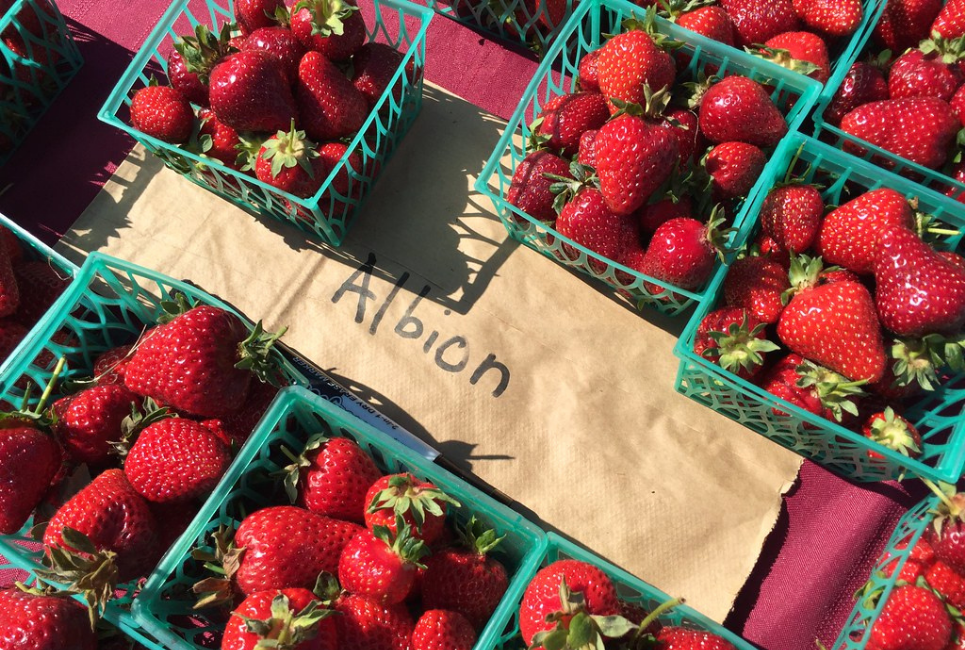- Best Blueberry Companion Plants That You Should Totally Plant Together - August 13, 2021
- Chandler Strawberry Growing Guide: How to DIY? - August 8, 2021
- Albion Strawberry Growing Guide: How to Enjoy This Fruit All Summer - July 5, 2021
The Albion strawberry (Fragaria x ananassa “Albion”) is the perfect dessert strawberry – large, bright red, firm, and very sweet.
Besides its fruit quality, why should you consider this strawberry variety? Botanists in California recently developed this variety to be heat tolerant. The arrival of the summer heat typically halts flower and fruit production on strawberry plants.
This fact makes Albion strawberry an excellent choice for gardeners living in areas with hot summers. No matter how hot it gets in the summer months, this ever-bearing variety will continue to produce large and sweet berries throughout the growing season.
How to Plant Albion Strawberry
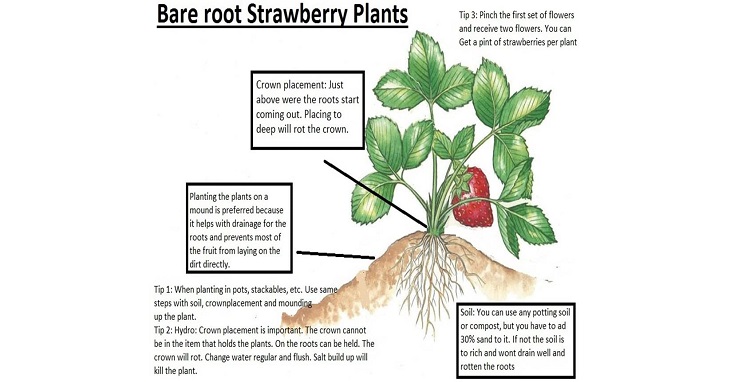
If you want to grow your own Albion strawberry plants, take a look below at some planting tips.
Planting (Seeds)
Here are some quick instructions on planting Albion strawberry seeds:
- Get a fine soilless mix, and sow seeds thinly. Sowing is best done in early spring (March or April).
- Press the seeds onto the mixture, keep it moist. Maintain a soil temperature between 60ºF (16ºC) and 75ºF(24ºC).
- Seeds germinate in 2 to 3 weeks.
- Transplant seedling into plug trays or small pots. You can fit one plant in a 3 to 4-inch pot or 3 -5 plants in an 8-inch pot.
- Transplant outdoors anytime, ensure that the plants are 1 foot apart.
Planting (Plants)
If you prefer to start with plants, here are some easy tips:
- Space plants 12 – 18 inches apart or in rows 3 to 4 feet apart.
- Position the plants in the ground with the roots straight down into the soil. Ensure that the middle of the grown is at the same level as the top of the soil.
- Irrigate for consistent moisture, and keep the area free of weeds.
It is far more common to plant young plants. They require far less effort, and you are more likely to have a crop in the first year. With seeds, a first-year crop is not always guaranteed.
Caring for Albion Strawberry
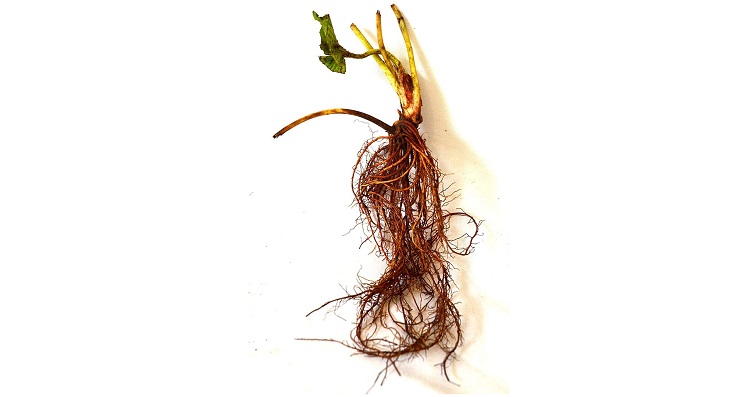
Growth Habit and Spacing
Albion strawberry plants grow relatively quickly. At maturity, they can reach an impressive 12 inches (30.5 cm) in height with a spread of 12 to 24 inches (30.5 – 61 cm). The large plant is high yielding and ever-bearing, producing flowers and fruit from late spring well into fall.
Space 12 – 18 (30.6 – 155 cm) inches apart, wider plant spacing will deliver the largest berries as a general rule.
Hardiness
Albion strawberry plants will survive winter in most of the United States and southern Canada. The plant is hardy down to zone 4 and possibly zone 3 with adequate winter protection.
Unlike other strawberry varieties, growing this plant in hot climates is possible as they tolerate heat and humidity. In frost-free zones, the plant will exist as an evergreen perennial.
Sun Requirements
Plant your Albion strawberry in full sun. It needs an adequate amount of sunlight for optimal fruit production. As a rule of thumb, give at least 6 hours of sun each day.
Soil Requirements
Provide your Albion strawberry plants with organically rich, fertile, and well-drained soil. Commercial nurseries recommend a soil pH level of 6.5 to 6.8.
Watering Requirements
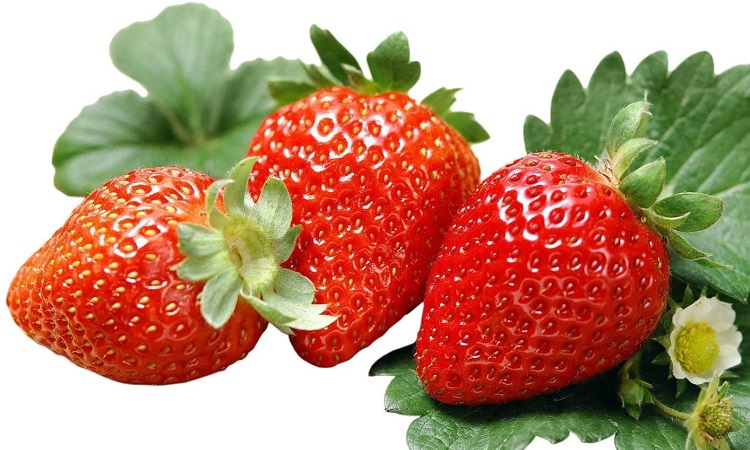
Albion strawberry plants need lots of moisture to produce high-quality and plump berries. You will have to water them weekly if there isn’t consistent rain. The soil should be evenly moist but not soggy throughout the growing season. Though they can tolerate heat, they will not survive a drought.
Fertilizing Requirements
Before significant growth begins, feed Albion strawberry plants with a high potassium general fertilizer in early spring. A soil rich in potassium is vital for flower production. As you know – the more flowers, the more fruit.
Common Diseases and Pests
Concerning the threat of disease, there is some good news there. Researchers bred Albion strawberry plants to resist common diseases that affect strawberries. They are moderately resistant to verticillium wilt and highly resistant to crown rot. The relative disease resistance of this strawberry plant makes it such an attractive choice for gardeners.
This variety of strawberries, however, is not immune to pests. Common pests include spittlebugs, aphids, Glasshouse red spider mite, vine weevil, woodlice. Among these, spittlebugs are perhaps the most prevalent strawberry pest, according to the University of Kentucky.
The bugs are a half-inch long,, form sticky masses of white foam, and feed on strawberry stems and leaves. To control this insect risk, keep the bed free of weeds – mulching the bed is helpful for this. Weeds, unfortunately, are often the host for spittlebugs.
No matter the pest, avoid the use of traditional pesticides. They often kill the beneficial insects, which typically keep harmful insects like spittlebugs at bay.
An excellent technique to manage spittlebugs is to shoot the strawberry plants down with a strong blast of water from your garden hose. Doing so washes away the sticky foam and will knock the insects off the plant, which kills them.
Mulching
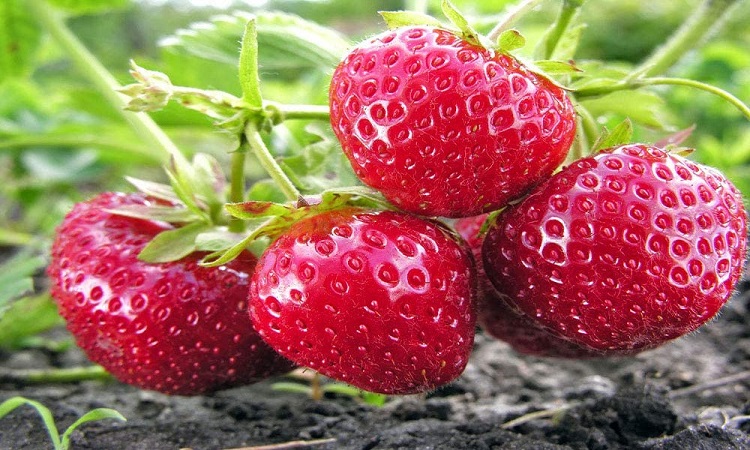
Consider applying a thick layer of straw or a strawberry mulch mat under the plants when the strawberries start to form. This layer will prevent the fruit from touching the soil, producing spoiled or undesirable fruit. Alternatively, you can use sheets of black plastic mulch, which helps retain moisture, reduce weeds, and encourage early crops.
Companion Plantings
Consider planting your Albion strawberry with companion plants. Companion plants help to attract pollinators, control pests and make good use of available space. Also, the right plants can help boost the quality and quantity of nutrients in the soil.
Depending on your climate, several vegetables, flowers, pulses, and herbs grow well with strawberries. You can plant them with asparagus, peas, spinach, lettuce, onion, garlic, and rhubarb for cooler summers. For warmer summers, beans make quite the giving companion. They improve the soil by fixing nitrogen, which feeds the strawberry plants.
Borage, chives, and thyme are all excellent companion plants for strawberries as their flowers attract pollinators. You want pollinators such as bees and butterflies near your strawberry blooms as they help to cross-pollinate among plants, thus boosting fruit production. Another benefit, the potent oils in herbs tend to repel pests.
The right flowering plants serve a dual purpose as companion plants – they make the garden more beautiful and repel insects. The classic combination is marigolds and strawberries.
Marigolds produce beautiful and opulent blooms ranging from yellows to oranges to reds. These flowers provide an attractive contrast to the green shrubby strawberry plants. Best of all, marigolds do a fine job repelling insects, which helps protect their insect-prone companions.
Harvesting
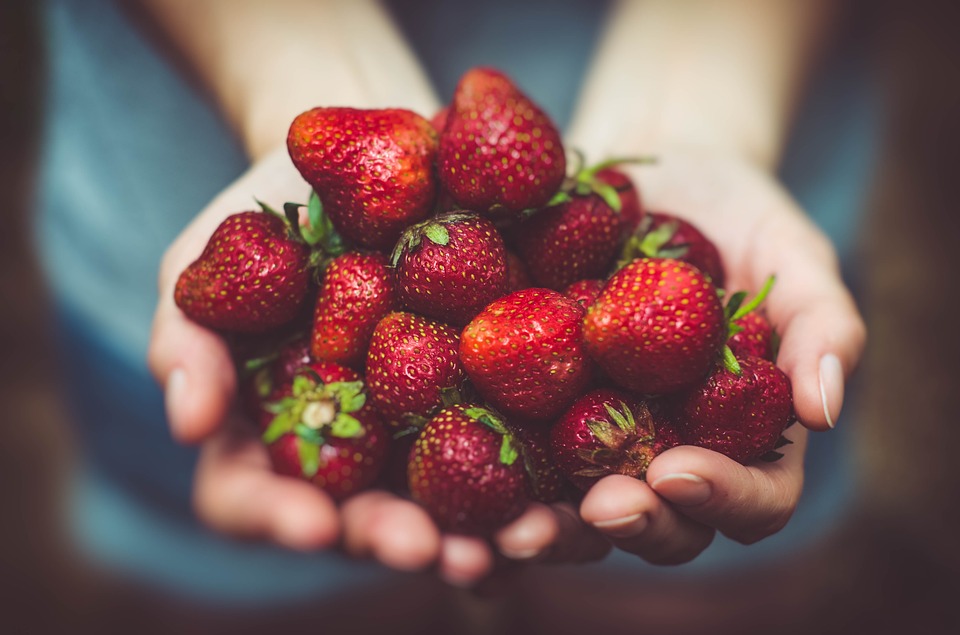
Albion strawberry plants produce from midsummer through fall. There will be both ripe and unripe fruit on the plant during this period. Since the plants are ever-bearing, removing ripe fruit makes room for new growth.
Pruning
If you plant your strawberries in late summer, remove any flowers that form during the first year to encourage next-year fruiting. The production of flowers and fruit stresses the plant and takes up nutrients. The plants are more likely to produce an abundance of flowers if they don’t get too much stress in the first year.
At the end of the growing season, after harvesting, remove all old leaves with hand shears. But do not touch the crown (the visible center of the plant) and new leaves. This practice allows beneficial sunlight into the center of the plant.
Propagation
Strawberry plants are known to produce runners. Runners are miniatures of the parent plant that vines out from the crown. Once the strawberry plant establishes itself in the garden bed and shows significant foliage growth, they usually produce runners.
You can use these runners for propagation. It is the easiest way to propagate strawberry plants. Peg them down over the soil. Leave the runners attached to the mother plant until the fall. Limit this practice to 5 runners per plant.
Remember, any form of growth or flowering stresses the plant; the less stress, the more abundantly it fruits. After all, the objective is to have robust fruit-bearing strawberry plants.
By the fall, the pinned runners should already be new plants of their own. You can then cut them mother plant and plant them wherever you wish. They should produce strawberries in the following summer.
Where to get Albion Strawberry Seeds and Plants
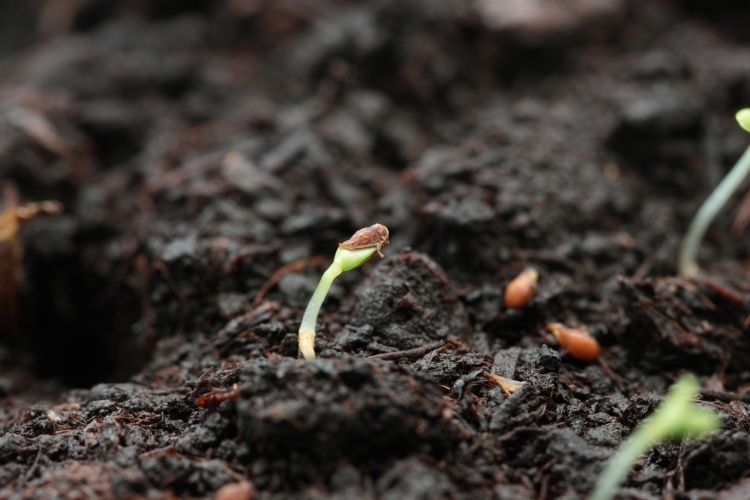
Albion strawberry seeds and plants are easy to find. You can get them at your local nursery, garden center, or online sellers. The following are links to some popular and reputable growers:
One important note, some online sellers and nurseries only have plants available from March to May.
Final Thoughts on Growing Albion Strawberry
Growing strawberries tend to be complicated. Most varieties do not tolerate heat, excess humidity and are disease-prone. Such is the disappointment of many gardeners over the years, eagerly anticipating a reliable crop of strawberries. But, with strawberries, you have to be very careful and select the suitable variety for your climate conditions.
What makes the Albion strawberry unique is that they do not have the traditional strawberry woes. They are tolerant of heat, humidity and are moderately disease resistant.
If you are squeamish about planting strawberries, but you want to try, then give the Albion strawberry a chance. The Albion strawberry is an excellent variety for the first-time strawberry grower, as the risk of disappointment is much lower.
FAQs
Answer: Albion strawberry plants are hardy down to zone 4. However, you can mulch over with straw in late fall once the plants appear to be going dormant.
Doing so will help to moderate freeze/thaw cycles and heaving. At the beginning of spring, as plants start to grow, remove the mulch. Also, you can leave the mulch in the garden to suppress weed growth.
Answer: Yes, for optimal and vigorous growth of your Albion strawberry plants – remove all flower buds in the first six weeks after planting. If the plants use their energy too early to produce flowers and fruit, less energy goes to foliage and root development.
A vigorous plant with healthy roots is vital for optimal fruit production. Delaying flower and fruit production will result in a much more abundant harvest further down the growing season.
Answer: They grow well with the following plants: Blueberry (Vaccinium); Raspberry (Rubus); Rosemary (Rosmarinus); Lavender (Lavandula); and, Coneflower (Echinacea).
Answer: It is a fast-growing variety of strawberries. Plants can reach a maximum of 12 inches by late summer.
Answer: Never plant strawberry plants with any plants from the brassica family or with nightshades. Members of the brassica family – cauliflower, cabbage, broccoli; will compete aggressively with your strawberry plants for nutrients. While nightshades – tomatoes, peppers, potatoes, and eggplant; can spread fungal disease.

